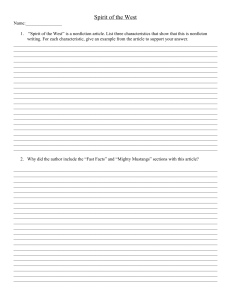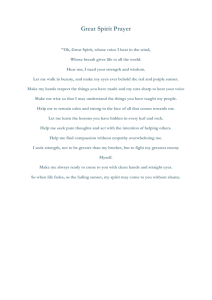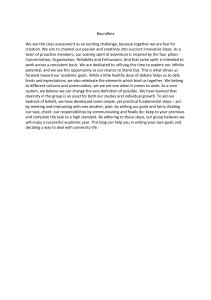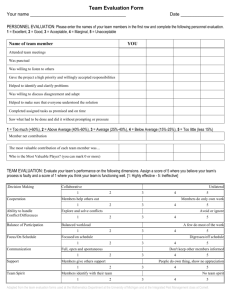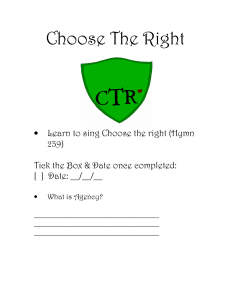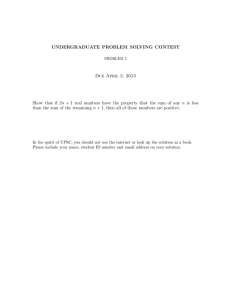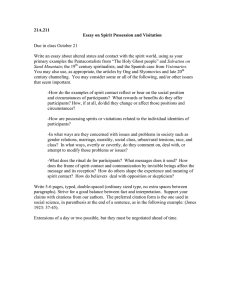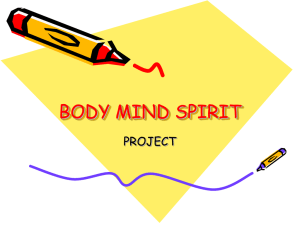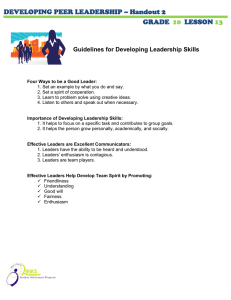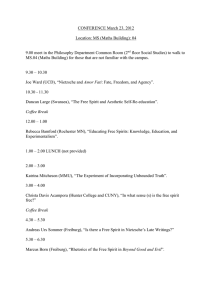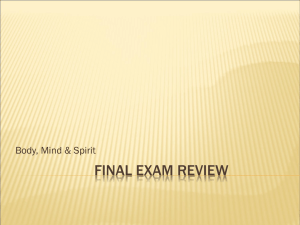Romanticism
advertisement
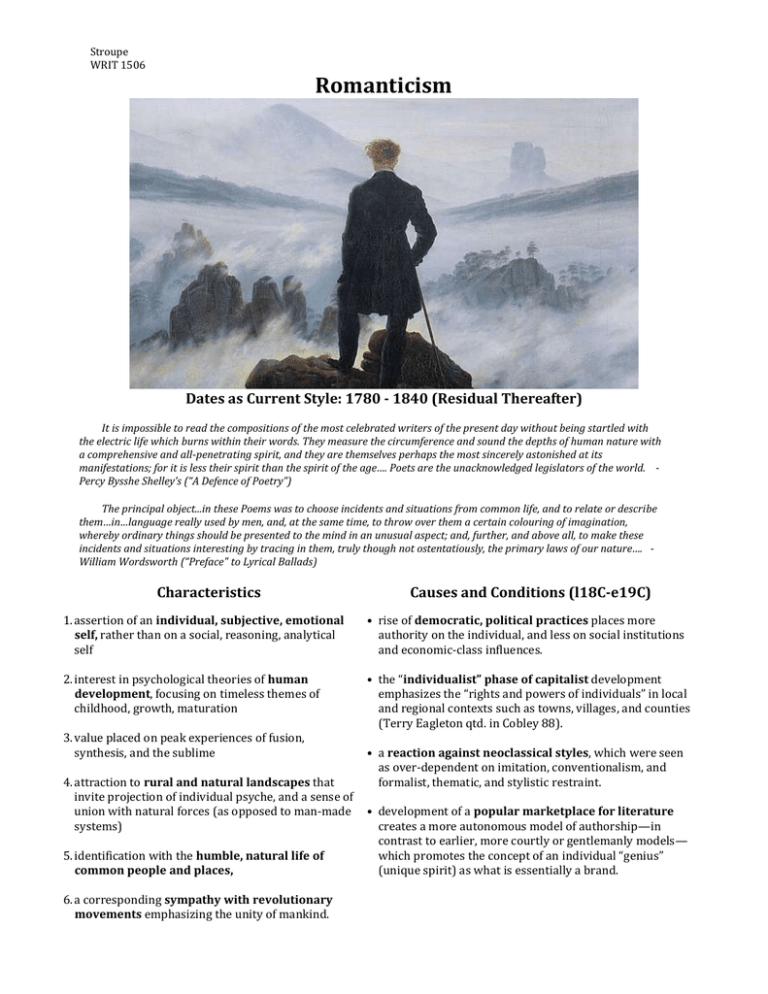
Stroupe WRIT 1506 Romanticism Dates as Current Style: 1780 - 1840 (Residual Thereafter) It is impossible to read the compositions of the most celebrated writers of the present day without being startled with the electric life which burns within their words. They measure the circumference and sound the depths of human nature with a comprehensive and all-penetrating spirit, and they are themselves perhaps the most sincerely astonished at its manifestations; for it is less their spirit than the spirit of the age…. Poets are the unacknowledged legislators of the world. Percy Bysshe Shelley’s (“A Defence of Poetry”) The principal object...in these Poems was to choose incidents and situations from common life, and to relate or describe them…in…language really used by men, and, at the same time, to throw over them a certain colouring of imagination, whereby ordinary things should be presented to the mind in an unusual aspect; and, further, and above all, to make these incidents and situations interesting by tracing in them, truly though not ostentatiously, the primary laws of our nature…. William Wordsworth (“Preface" to Lyrical Ballads) Characteristics Causes and Conditions (l18C-e19C) 1. assertion of an individual, subjective, emotional self, rather than on a social, reasoning, analytical self • rise of democratic, political practices places more authority on the individual, and less on social institutions and economic-class influences. 2. interest in psychological theories of human development, focusing on timeless themes of childhood, growth, maturation • the “individualist” phase of capitalist development emphasizes the “rights and powers of individuals” in local and regional contexts such as towns, villages, and counties (Terry Eagleton qtd. in Cobley 88). 3. value placed on peak experiences of fusion, synthesis, and the sublime 4. attraction to rural and natural landscapes that invite projection of individual psyche, and a sense of union with natural forces (as opposed to man-made systems) 5. identification with the humble, natural life of common people and places, 6. a corresponding sympathy with revolutionary movements emphasizing the unity of mankind. • a reaction against neoclassical styles, which were seen as over-dependent on imitation, conventionalism, and formalist, thematic, and stylistic restraint. • development of a popular marketplace for literature creates a more autonomous model of authorship—in contrast to earlier, more courtly or gentlemanly models— which promotes the concept of an individual “genius” (unique spirit) as what is essentially a brand.
